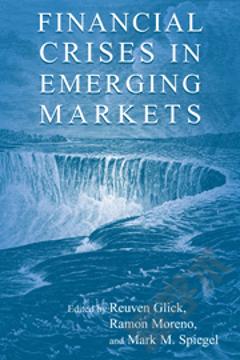Managing Downside Risk in Financial Markets
Quantitative methods have revolutionized the area of trading, regulation, risk management, portfolio construction, asset pricing and treasury activities, and governmental activity such as central banking to name but some of the applications. Downside-risk, as a quantitative method, is an accurate measurement of investment risk, because it captures the risk of not accomplishing the investor's goal. 'Downside Risk in Financial Markets' demonstrates how downside-risk can produce better results in performance measurement and asset allocation than variance modelling. Theory, as well as the practical issues involved in its implementation, is covered and the arguments put forward emphatically show the superiority of downside risk models to variance models in terms of risk measurement and decision making. Variance considers all uncertainty to be risky. Downside-risk only considers returns below that needed to accomplish the investor's goal, to be risky.Risk is one of the biggest issues facing the financial markets today. 'Downside Risk in Financial Markets' outlines the major issues for Investment Managers and focuses on "downside-risk" as a key activity in managing risk in investment/portfolio management.
{{comment.content}}








 京公网安备 11010802027623号
京公网安备 11010802027623号